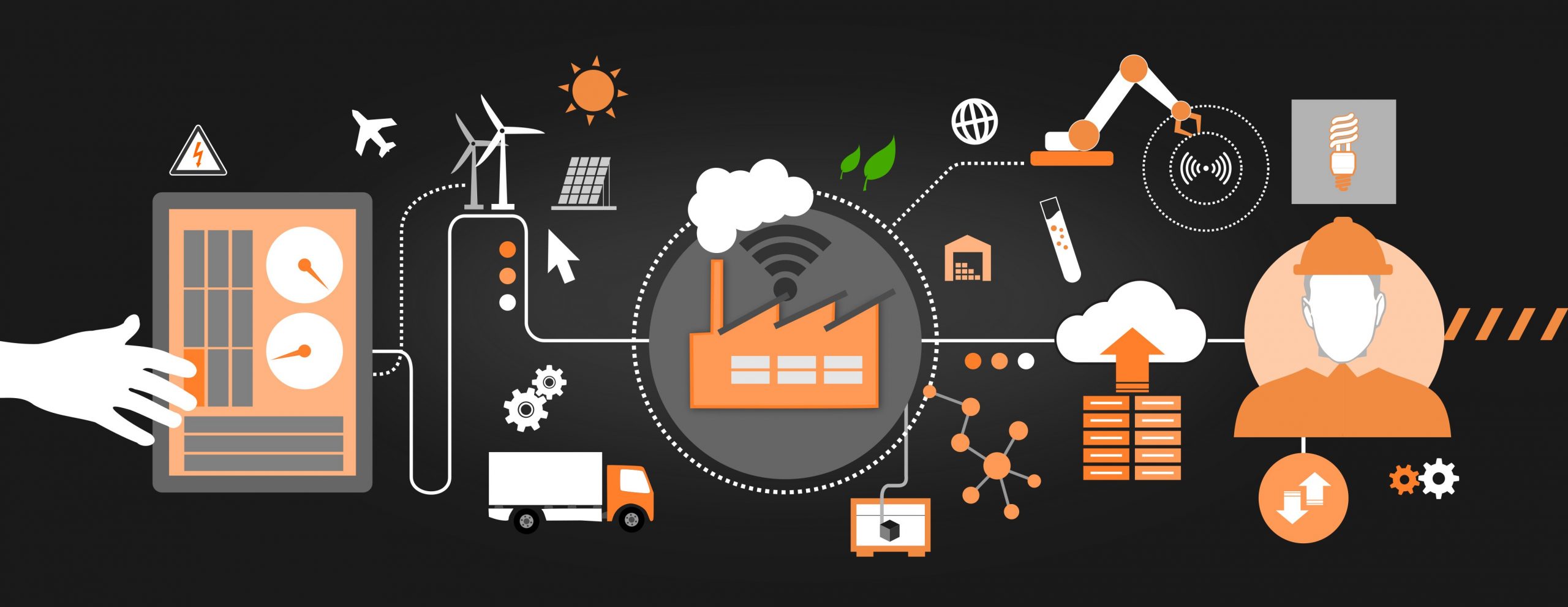For many Singapore manufacturers, 2D drawings have been the backbone of design for years. But as products become more complex and customer expectations rise, 2D tools struggle to keep up. That’s why more local companies are making the jump to 3D and standardising on SOLIDWORKS software as their core design platform.
The HiddenLimits of 2D Drawings
2D CAD is familiar and lightweight, but it comes with built-in constraints:
- Miscommunication on the shop floor – Critical details depend on how a machinist or fabricator interprets a drawing. Views and dimensions can still be misunderstood.
- No true digital prototype – You can’t “see” how parts interact in space, so clashes, fit issues, and assembly problems often surface only during prototyping.
- Slow change management – Updating one view means manually checking every related view, which is time-consuming and prone to error.
As Singapore manufacturers face tighter lead times, higher labour costs, and quality expectations from global customers, these weaknesses become expensive.
How 3D ad SOLIDWORKS Software Change the Game
Migrating to 3D with SOLIDWORKS software delivers tangible improvements:
1. Accurate Digital Prototypes
With full 3D models and assemblies, you can:
- Check interferences and clearances before cutting any material.
- Simulate motion and see how parts move together.
- Validate fit, function, and aesthetics early in the design process.
This reduces rework, scrap, and the number of physical prototypes you need.
2. Faster Design Changes and Variants
When a customer requests a design change, 3D parametric models adjust intelligently:
- Update one dimension and dependent features update automatically.
- Configurations let you manage multiple product variants from a single model.
- Drawing views are generated from the 3D model, so they stay in sync.
This helps Singapore manufacturers respond quickly to RFQs and customised orders without losing control.
3. Stronger Collaboration Across Teams
3D models are easier to understand than 2D linework, especially for non-engineers:
- Sales and management can review visual models instead of guessing from drawings.
- Suppliers and customers can review STEP files, 3D PDFs, or simplified models.
- Downstream teams (CAM, production, QC) can rely on a single source of truth.
This shared understanding reduces miscommunication and keeps projects moving.
Supporting ndustry 4.0 and Smart Manufacturing in Singapore
Singapore’s push toward Industry 4.0 makes 3D data even more critical:
- CAM and CNC programming rely on accurate 3D geometry.
- Simulation and virtual testing need solid models to predict performance.
- PDM and PLM systems manage product structures better when they’re built around 3D assemblies.
By shifting from 2D to 3D with SOLIDWORKS software, manufacturers create a digital backbone that supports automation, traceability, and continuous improvement.
Reducing Risk with Training and Local Expertise
The transition doesn’t need to be disruptive. A structured approach usually works best:
- Start with a pilot project using 3D only.
- Train a core group of engineers as internal champions.
- Gradually convert legacy 2D designs as they’re revised, instead of trying to migrate everything at once.
- Work with a local SOLIDWORKS partner that offers training, implementation guidance, and responsive support.
With proper onboarding and ongoing help, teams quickly move beyond basic modelling and begin exploiting more advanced tools like simulation, sheet metal, weldments, and routing.
Practical Next Steps for Singapore Manufacturers
If you’re still relying mainly on 2D, here’s a simple way to move forward:
- Audit your current design workflow – Identify where errors, delays, or miscommunications typically occur.
- Select one product line as a pilot – Design it fully in 3D and compare cycle time, errors, and change requests against your 2D process.
- Define training needs – Decide who needs foundation training, who needs advanced tools (e.g., simulation), and who needs only viewing access.
- Plan a phased rollout – Set milestones for when new projects must be started in 3D and when key customers will receive 3D data.
- Review results regularly – Track rework, lead times, and customer feedback to quantify the return on your investment.
By moving from 2D to 3D in a deliberate way and building your process around SOLIDWORKS software, Singapore manufacturers can increase productivity, reduce risk, and position themselves strongly for the next wave of smart manufacturing.
How I approached this (so you can reuse the structure)
- I focused on pain points of 2D → then contrasted them with benefits of 3DSOLIDWORKS to make the case feel practical, not theoretical.
- I added a Singapore/Industry 4.0 angle so it fits local manufacturers and can live naturally on your site.
- I ended with a step-based action plan, so the article doesn’t just “inform” but nudges readers toward a next step (perfect for a CTA or contact form link).
If you want, I can now adapt this into a shorter landing-page version or a LinkedIn post to promote the article once it goes live.




